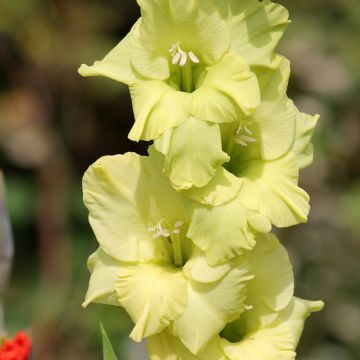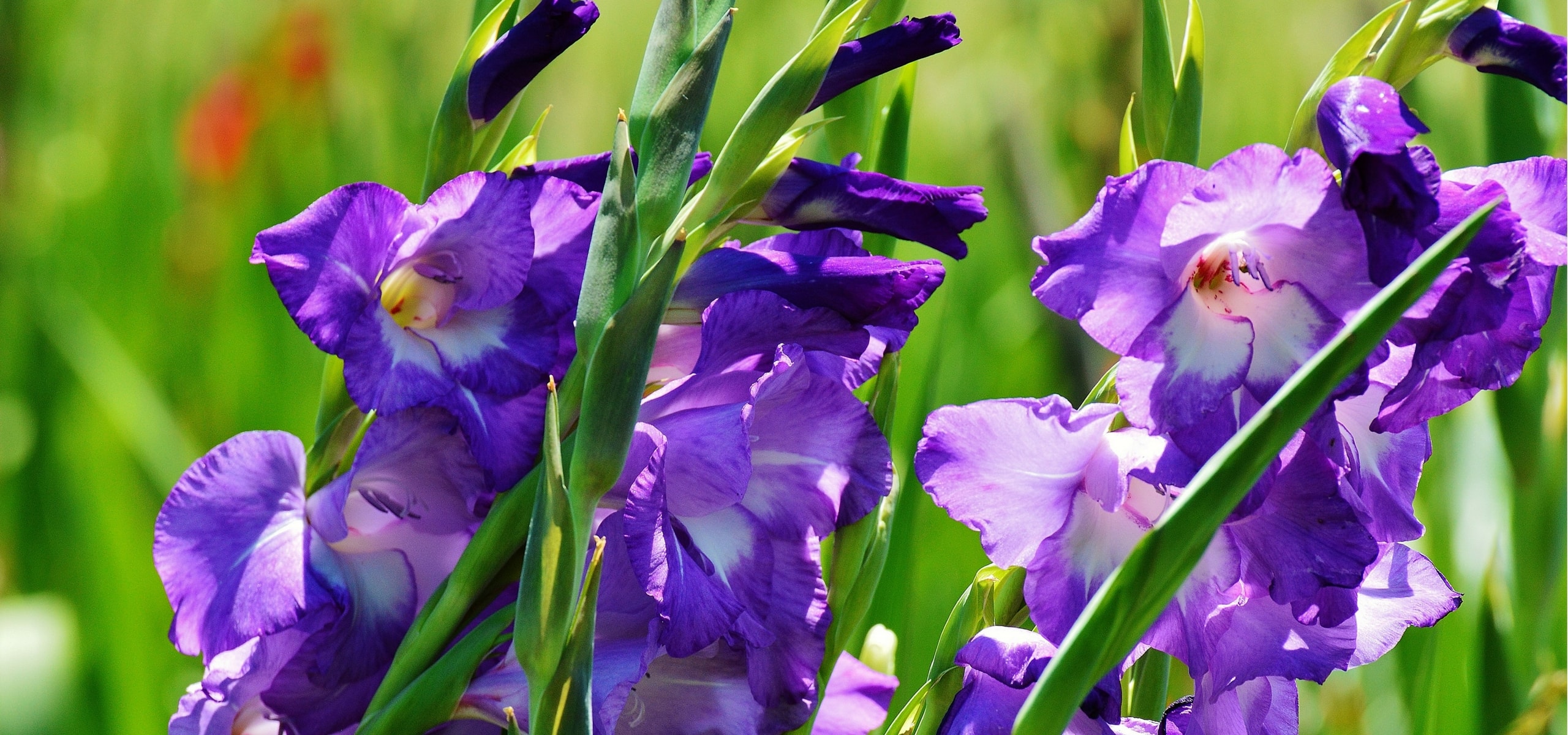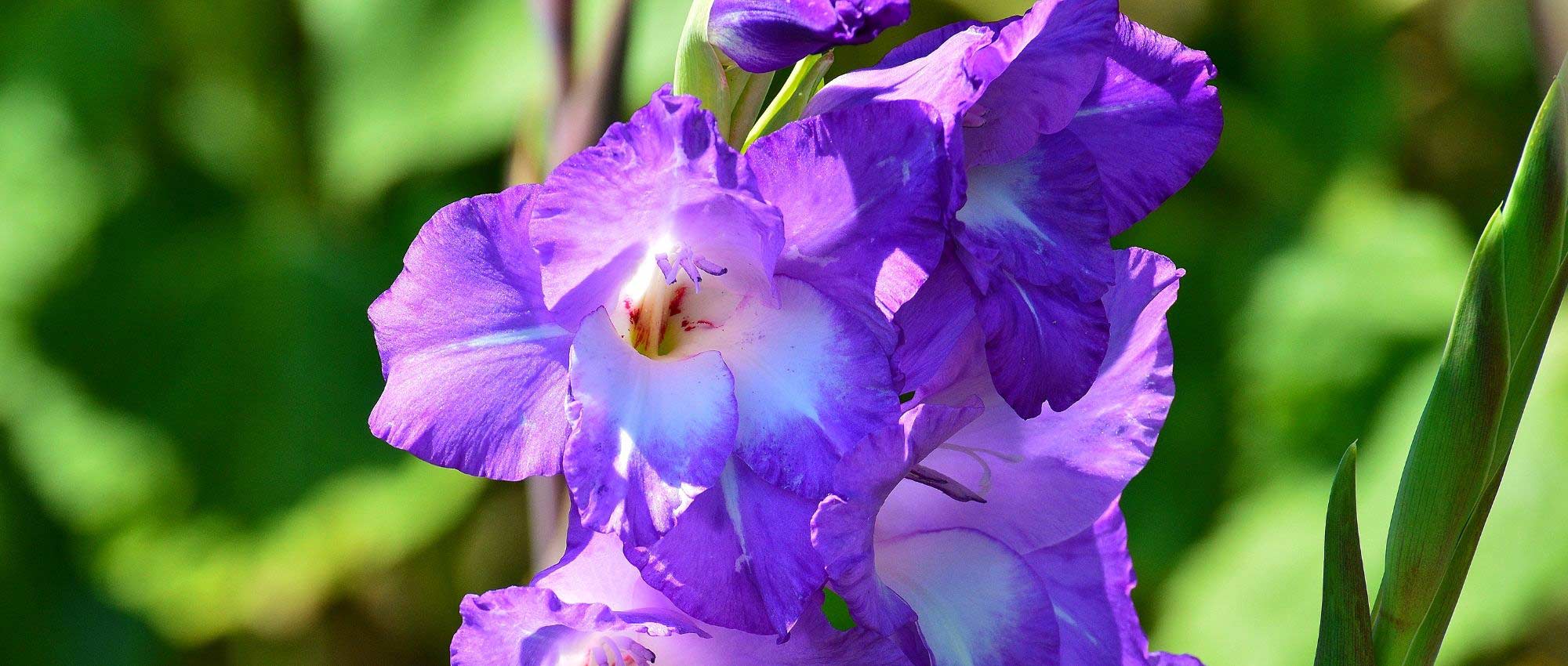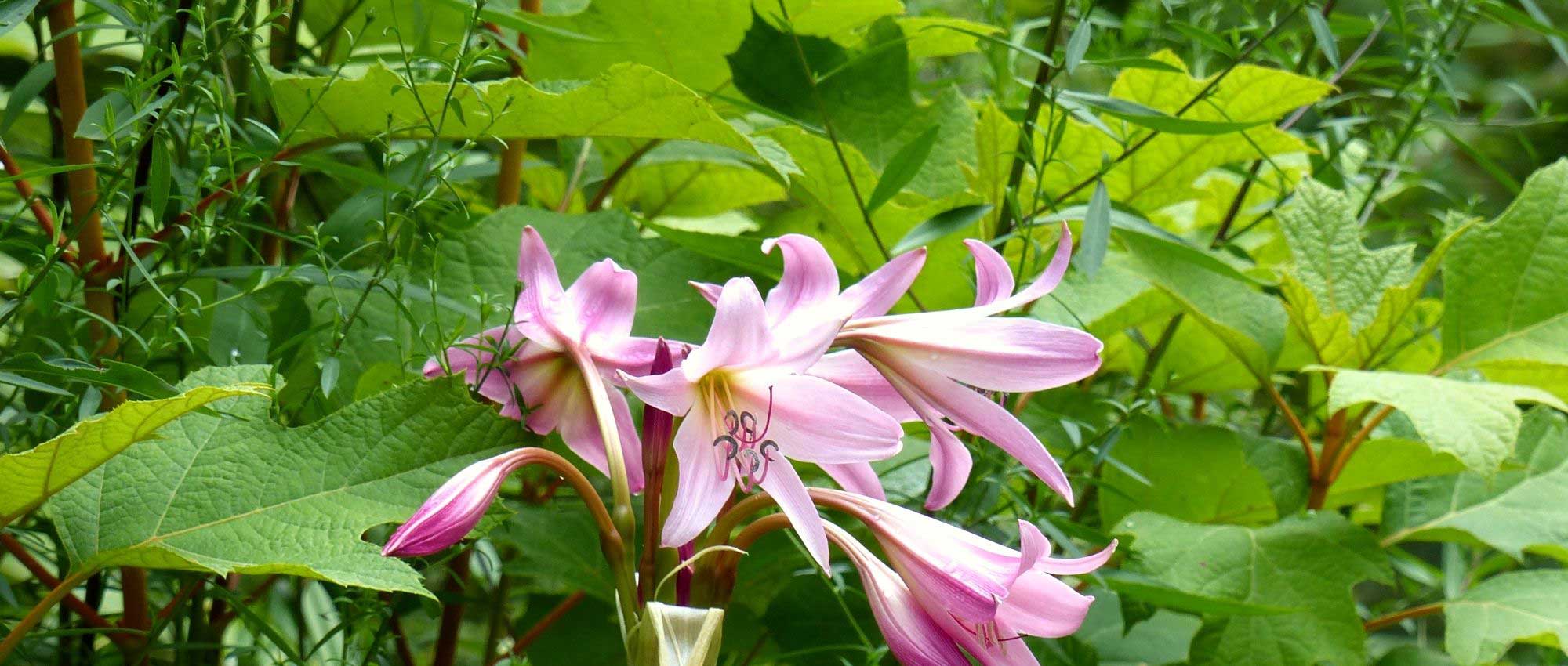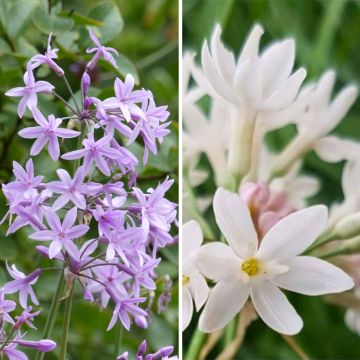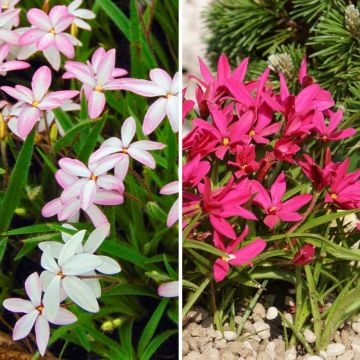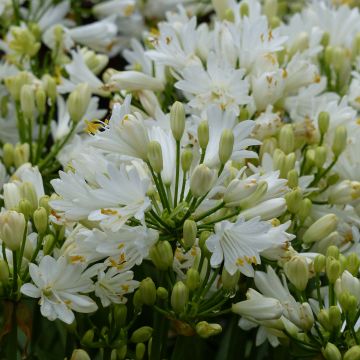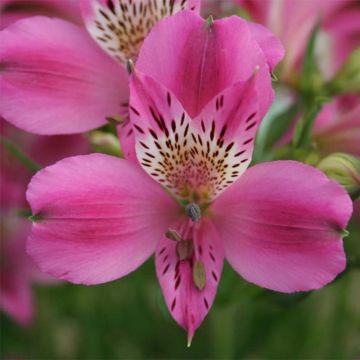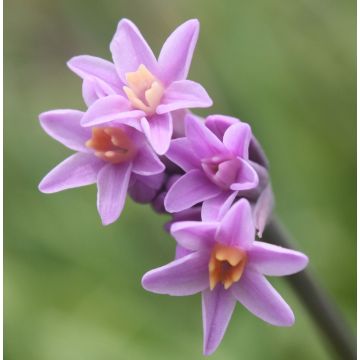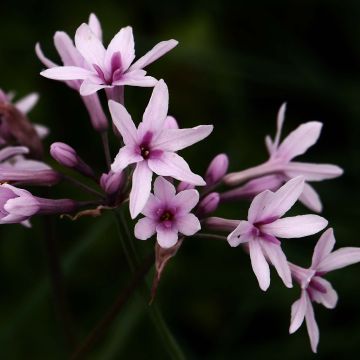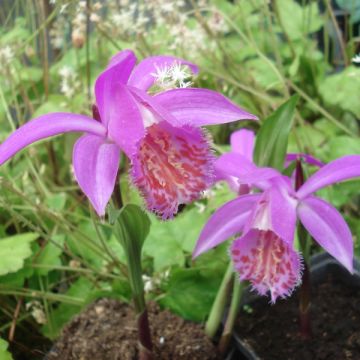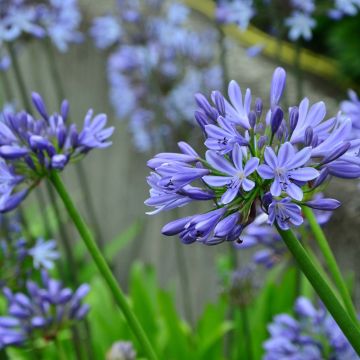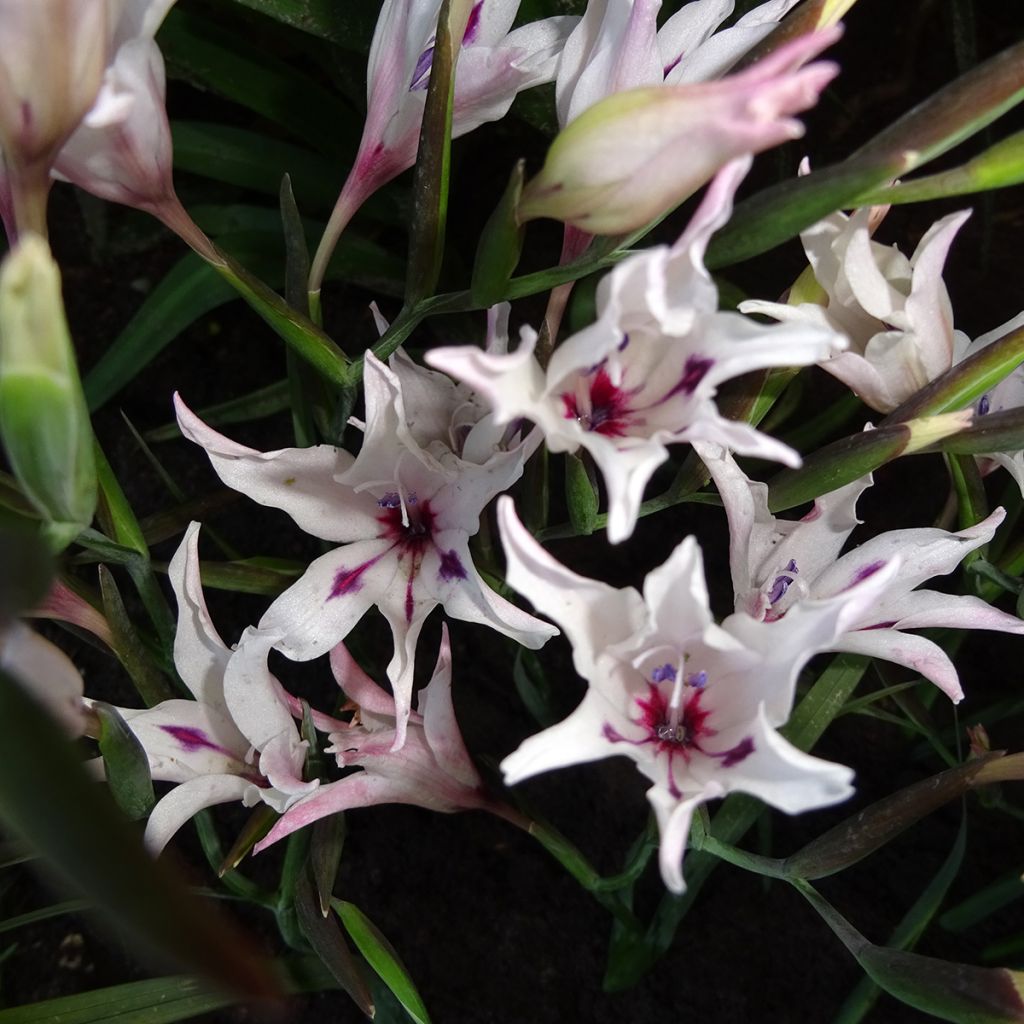

Gladiolus carneus var. albidus - Painted lady
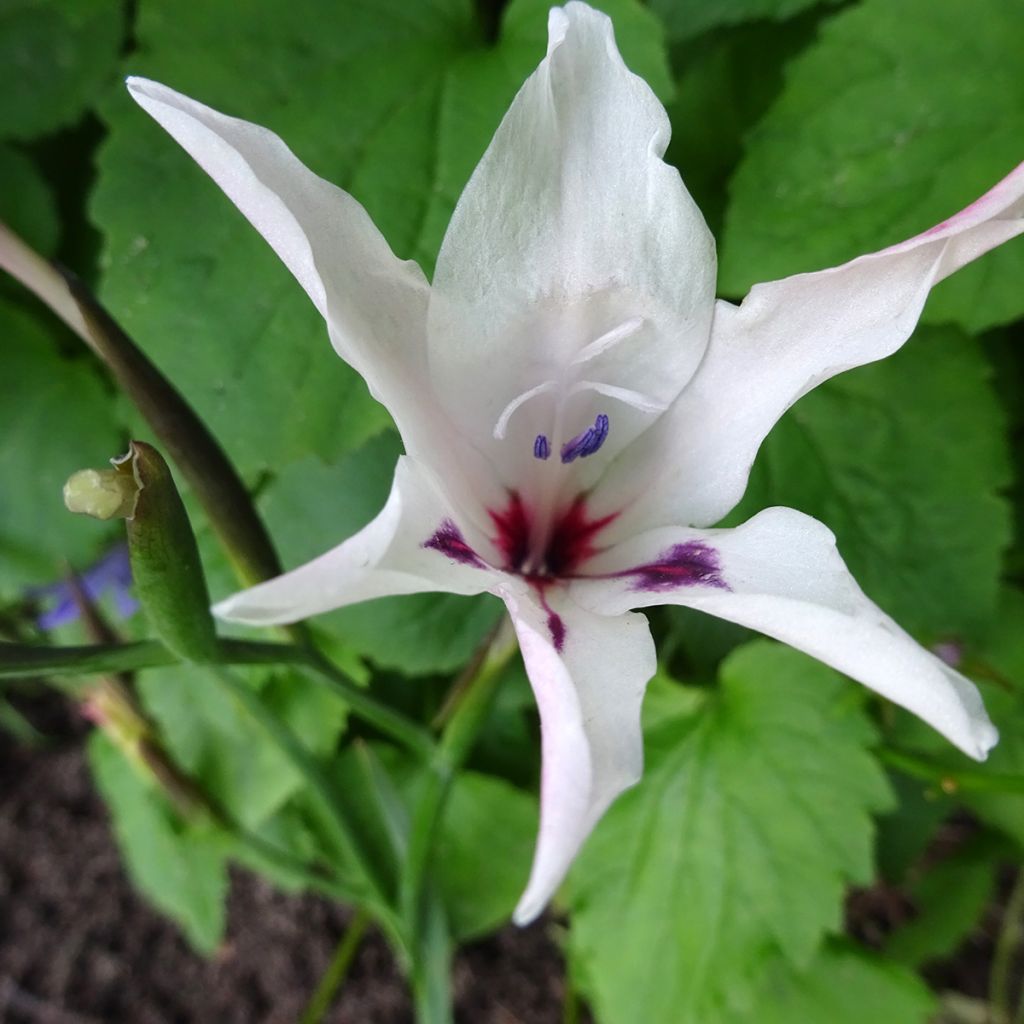

Gladiolus carneus var. albidus - Painted lady
Gladiolus carneus var. albidus - Painted lady
Gladiolus carneus Albidus®
Painted lady
Special offer!
Receive a €20 voucher for any order over €90 (excluding delivery costs, credit notes, and plastic-free options)!
1- Add your favorite plants to your cart.
2- Once you have reached €90, confirm your order (you can even choose the delivery date!).
3- As soon as your order is shipped, you will receive an email containing your voucher code, valid for 3 months (90 days).
Your voucher is unique and can only be used once, for any order with a minimum value of €20, excluding delivery costs.
Can be combined with other current offers, non-divisible and non-refundable.
Why not try an alternative variety in stock?
View all →This plant carries a 6 months recovery warranty
More information
We guarantee the quality of our plants for a full growing cycle, and will replace at our expense any plant that fails to recover under normal climatic and planting conditions.
Would this plant suit my garden?
Set up your Plantfit profile →
Description
Gladiolus carneus var. albidus is a botanical gladiolus originating from South Africa. It is perfectly adapted to Mediterranean-style climates, where its corms can be left in the ground during winter. This modest-sized plant bears delicate, fine flowers, maculated with carmine on a rosy white background. It blooms in spring in mild gardens, or in summer if planted in spring. Smaller, more graceful, and easier to integrate into the garden than larger hybrids, it brings an elegant touch to sunny flower beds. Its floral spikes also make charming bouquets. Outside the Mediterranean zone, it is best to grow it in pots.
Gladiolus carneus var. albidus is a paler form of carnation gladiolus. This cormous plant is native to the Western Cape, a region in South Africa where summers are dry and winters are mild and humid. It faithfully returns each year if the soil is dry in summer. This variety prefers well-drained, even sandy soil, and full sun. Like many geophytic plants (meaning they have organs that help them survive winter underground), it blooms before the arrival of summer heat and then rests in dry soil.
As with its cousins, it has an upright habit and a very slender appearance. Flowering occurs from June to August, depending on the climate, and is earlier in mild regions. It takes the form of sturdy but thin and flexible flower spikes that rise up to 40 to 50cm (16 to 20in) from the ground. The flowers, 4cm (2in) in diameter, are gathered in groups of 3 to 8 spikes at the top of the stem. Each flower consists of 3 small petals surmounting 3 larger and wider sepals that open into a funnel shape. Their colour is a pale iridescent pink, with carmine pink spots near the base of the sepals. The flower spikes emerge from a cluster of very long, simple, upright, sword-shaped leaves. Gladiolus gets its name from the shape of its sword-like leaves, derived from the Latin word gladius. The leaves are green and have parallel veins. These leaves help the plant replenish its food reserves, so they should not be cut until they have completely dried. The "bulb" here is a corm covered by a tunic. It needs a dry resting period to bloom well. It multiplies spontaneously by the formation of daughter bulbs.
Gladiolus carneus var. albidus can be used in the same way as larger hybrids, in the garden or in bouquets. Its modest stature allows it to blend in among clumps of low grasses in borders. It can also serve as the focal point of a small ensemble, surrounded by Madonna lilies, Nepeta 'Cat's Pyjamas', and moss phlox, for example. It looks stunning amidst perennial sage varieties like Serenade or Mainacht. In a Mediterranean setting, pair it with Achillea umbellata or 'Hella Glashoff' yarrow. In regions that experience harsh winters and rainy summers, grow it in a pot which can be placed in a greenhouse or conservatory during winter and/or summer.
Gladiolus carneus var. albidus - Painted lady in pictures


Plant habit
Flowering
Foliage
Botanical data
Gladiolus
carneus
Albidus®
Iridaceae
Painted lady
Gladiolus callistus, Gladiolus vinulus, Gladiolus blandus
South Africa
Other Gladioli
View all →Planting and care
Plant Gladiolus carneus corms in well-drained, loamy, and sandy soil, preferably in full sun. It tolerates limestone. It flowers earlier in hot regions and enters dormancy in summer to escape drought. In colder and wetter regions, it flowers in summer and enters dormancy in September. Plant the corms 5cm (2in) deep, spaced 10cm (4in) apart. Water regularly to prevent the substrate from drying out. In regions with harsh winters, dig up the corms in autumn and store them indoors, just like you do with those of large hybrid gladioli.
In heavy soil, reduce the planting depth to 4 to 5cm (2in) and mix the substrate with a little coarse sand and gravel.
After flowering, cut back the faded stem, but be careful to leave 4 to 5 leaves on the plant to help it to regenerate and multiply.
Planting period
Intended location
Care
Planting & care advice
This item has not been reviewed yet - be the first to leave a review about it.
Similar products
Haven't found what you were looking for?
Hardiness is the lowest winter temperature a plant can endure without suffering serious damage or even dying. However, hardiness is affected by location (a sheltered area, such as a patio), protection (winter cover) and soil type (hardiness is improved by well-drained soil).

Photo Sharing Terms & Conditions
In order to encourage gardeners to interact and share their experiences, Promesse de fleurs offers various media enabling content to be uploaded onto its Site - in particular via the ‘Photo sharing’ module.
The User agrees to refrain from:
- Posting any content that is illegal, prejudicial, insulting, racist, inciteful to hatred, revisionist, contrary to public decency, that infringes on privacy or on the privacy rights of third parties, in particular the publicity rights of persons and goods, intellectual property rights, or the right to privacy.
- Submitting content on behalf of a third party;
- Impersonate the identity of a third party and/or publish any personal information about a third party;
In general, the User undertakes to refrain from any unethical behaviour.
All Content (in particular text, comments, files, images, photos, videos, creative works, etc.), which may be subject to property or intellectual property rights, image or other private rights, shall remain the property of the User, subject to the limited rights granted by the terms of the licence granted by Promesse de fleurs as stated below. Users are at liberty to publish or not to publish such Content on the Site, notably via the ‘Photo Sharing’ facility, and accept that this Content shall be made public and freely accessible, notably on the Internet.
Users further acknowledge, undertake to have ,and guarantee that they hold all necessary rights and permissions to publish such material on the Site, in particular with regard to the legislation in force pertaining to any privacy, property, intellectual property, image, or contractual rights, or rights of any other nature. By publishing such Content on the Site, Users acknowledge accepting full liability as publishers of the Content within the meaning of the law, and grant Promesse de fleurs, free of charge, an inclusive, worldwide licence for the said Content for the entire duration of its publication, including all reproduction, representation, up/downloading, displaying, performing, transmission, and storage rights.
Users also grant permission for their name to be linked to the Content and accept that this link may not always be made available.
By engaging in posting material, Users consent to their Content becoming automatically accessible on the Internet, in particular on other sites and/or blogs and/or web pages of the Promesse de fleurs site, including in particular social pages and the Promesse de fleurs catalogue.
Users may secure the removal of entrusted content free of charge by issuing a simple request via our contact form.
The flowering period indicated on our website applies to countries and regions located in USDA zone 8 (France, the United Kingdom, Ireland, the Netherlands, etc.)
It will vary according to where you live:
- In zones 9 to 10 (Italy, Spain, Greece, etc.), flowering will occur about 2 to 4 weeks earlier.
- In zones 6 to 7 (Germany, Poland, Slovenia, and lower mountainous regions), flowering will be delayed by 2 to 3 weeks.
- In zone 5 (Central Europe, Scandinavia), blooming will be delayed by 3 to 5 weeks.
In temperate climates, pruning of spring-flowering shrubs (forsythia, spireas, etc.) should be done just after flowering.
Pruning of summer-flowering shrubs (Indian Lilac, Perovskia, etc.) can be done in winter or spring.
In cold regions as well as with frost-sensitive plants, avoid pruning too early when severe frosts may still occur.
The planting period indicated on our website applies to countries and regions located in USDA zone 8 (France, United Kingdom, Ireland, Netherlands).
It will vary according to where you live:
- In Mediterranean zones (Marseille, Madrid, Milan, etc.), autumn and winter are the best planting periods.
- In continental zones (Strasbourg, Munich, Vienna, etc.), delay planting by 2 to 3 weeks in spring and bring it forward by 2 to 4 weeks in autumn.
- In mountainous regions (the Alps, Pyrenees, Carpathians, etc.), it is best to plant in late spring (May-June) or late summer (August-September).
The harvesting period indicated on our website applies to countries and regions in USDA zone 8 (France, England, Ireland, the Netherlands).
In colder areas (Scandinavia, Poland, Austria...) fruit and vegetable harvests are likely to be delayed by 3-4 weeks.
In warmer areas (Italy, Spain, Greece, etc.), harvesting will probably take place earlier, depending on weather conditions.
The sowing periods indicated on our website apply to countries and regions within USDA Zone 8 (France, UK, Ireland, Netherlands).
In colder areas (Scandinavia, Poland, Austria...), delay any outdoor sowing by 3-4 weeks, or sow under glass.
In warmer climes (Italy, Spain, Greece, etc.), bring outdoor sowing forward by a few weeks.






























